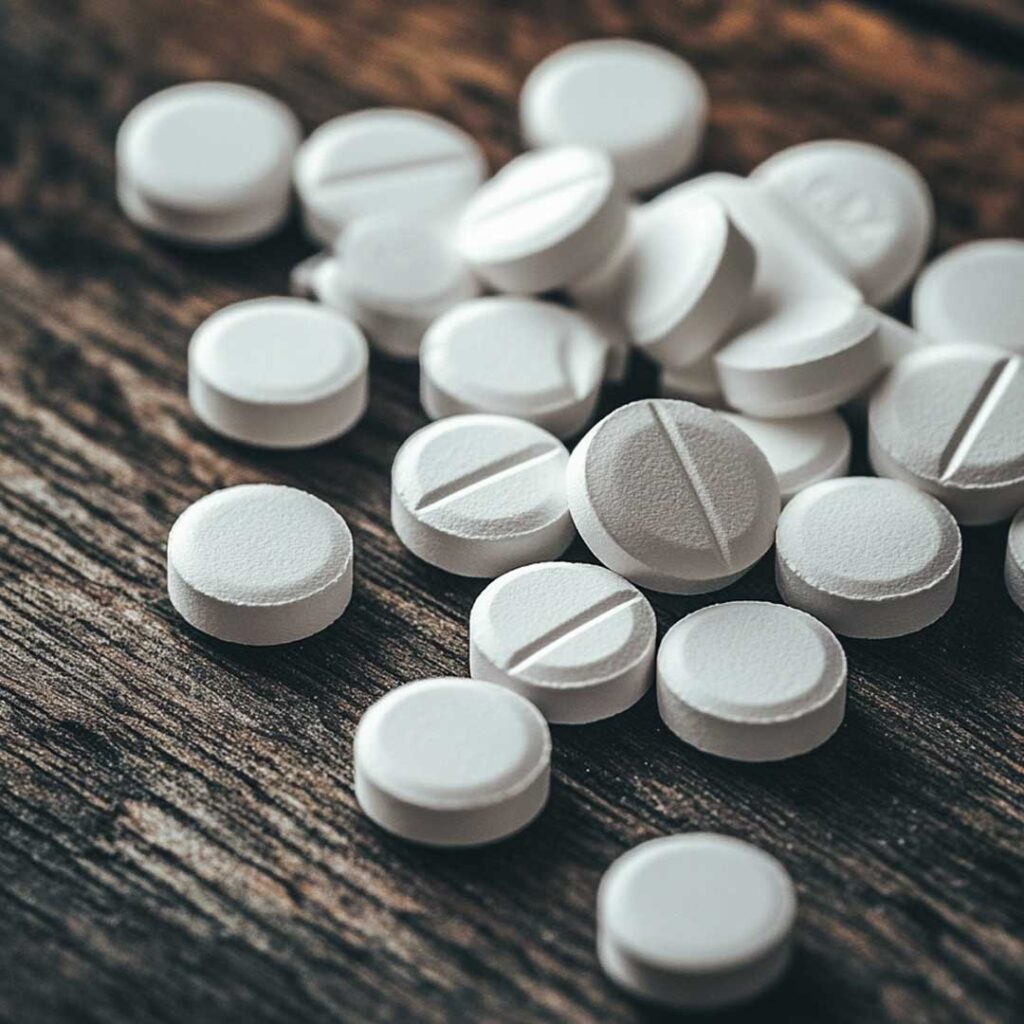Dangers of Opioids
 In recent years, the opioid crisis has become a devastating public health issue, impacting millions of lives across the United States and around the world. What began as a well-intentioned push to treat chronic and acute pain has spiraled into a full-blown epidemic, fueled by the over-prescription of powerful painkillers and the rise of illicit opioids like heroin and fentanyl.
In recent years, the opioid crisis has become a devastating public health issue, impacting millions of lives across the United States and around the world. What began as a well-intentioned push to treat chronic and acute pain has spiraled into a full-blown epidemic, fueled by the over-prescription of powerful painkillers and the rise of illicit opioids like heroin and fentanyl.
But what exactly makes opioids so harmful? Let’s break it down.
What Are Opioids?
Opioids are a class of drugs that include prescription medications such as oxycodone, hydrocodone, morphine, and codeine, as well as illegal drugs like heroin and synthetic opioids like fentanyl. These drugs work by binding to opioid receptors in the brain and body, blocking pain and producing feelings of euphoria.
How Opioids Harm the Body and Mind
While they can be effective in short-term pain management, opioids carry significant risks:
1. High Risk of Addiction
Even when taken as prescribed, opioids can be highly addictive. Over time, the brain becomes dependent on the drug to feel normal, leading to compulsive use. This dependence can develop in just a few weeks.
2. Tolerance and Overdose
The body quickly builds tolerance to opioids, requiring higher doses to achieve the same effect. This escalation dramatically increases the risk of overdose. An opioid overdose can slow or stop breathing, leading to unconsciousness, brain damage, or death.
3. Impact on Mental Health
Opioid misuse often goes hand-in-hand with depression, anxiety, and other mental health conditions. The drugs can worsen existing issues or trigger new ones, creating a vicious cycle that is hard to escape.
4. Physical Side Effects
Chronic opioid use can lead to a wide range of health problems, including:
- Constipation
- Liver damage (especially when combined with acetaminophen)
- Hormonal imbalances
- Immune system suppression
The Social Toll of Opioid Misuse
The impact of opioids isn’t limited to individual health. The crisis has strained families, overwhelmed healthcare systems, increased homelessness, and contributed to a dramatic rise in neonatal abstinence syndrome—when babies are born dependent on opioids due to maternal use during pregnancy.
What Can Be Done?
Solving the opioid crisis requires a comprehensive approach:
- Education: Raising awareness about the risks of opioid use and promoting alternative pain management options.
- Access to Treatment: Expanding access to addiction treatment, including medication-assisted treatment (MAT), therapy, and support groups.
- Prevention: Prescribing opioids more responsibly and investing in early intervention programs.
- Support and Compassion: Reducing stigma around addiction so that people feel empowered to seek help.
Conclusion
Opioids may provide temporary relief from pain, but their long-term consequences can be devastating. By understanding the dangers, promoting safer alternatives, and supporting those affected, we can work toward a future where lives are no longer lost to addiction.
If you or someone you love is struggling with opioid use, know that help is available. Recovery is possible—and it starts with awareness, action, and compassion.
